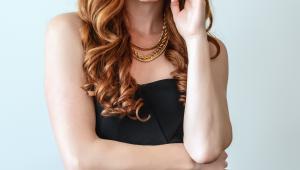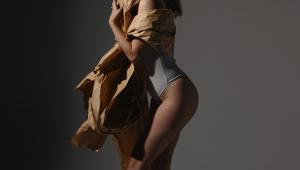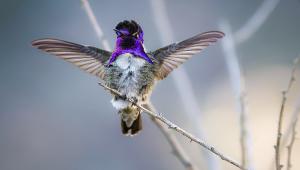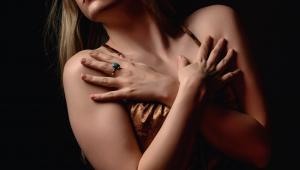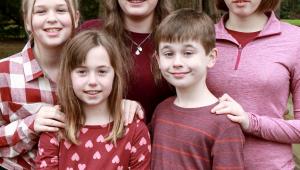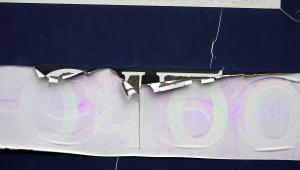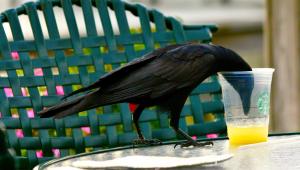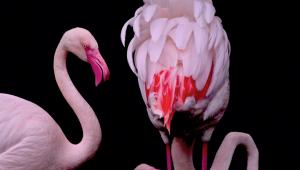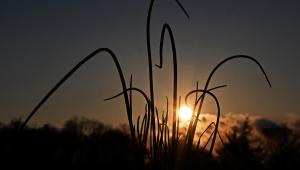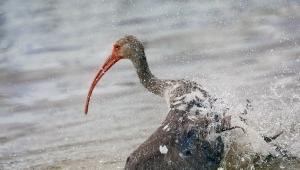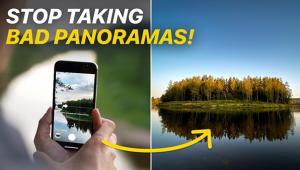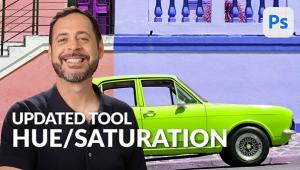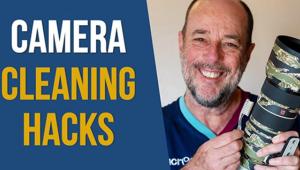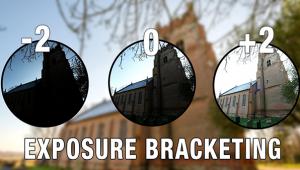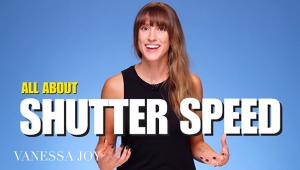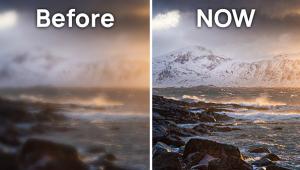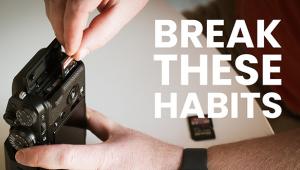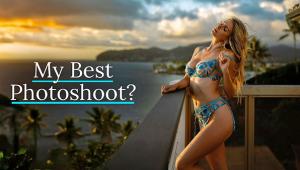The Westcott Spiderlite; Portable Lighting Power Page 2
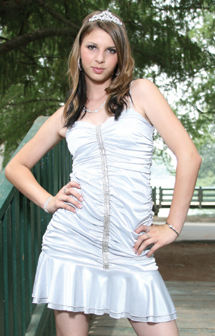 |
|
|
Continuous Light Options
For continuous lighting, my preference was using the halogen lamps. There are
150w bulbs for the TD3 and TD5 and there are 500w and 1000w lamps for the single-bulb
Spiderlite. With the single-bulb units, the two high-powered halogen lamps had
color temperatures of just over 2800K. The 1000w lamp metered out at f/2.8 at
1/60 sec, while the 500w lamp was one stop slower at 1/30 sec.
The fluorescents ran considerably cooler and consumed a lot less power. Each
is a 23w bulb that puts out about 3-5 times as much light as an equivalent halogen
might. That makes it very electrically efficient. Since it is a continuous light
source, both shutter speed and the aperture settings are important. With the
fluorescents, the meter reading from the TD3 head was 1/15 sec at f/2.8. One
way of picking up an extra stop or two is to set the ISO higher.
The color temperature on the fluorescents averaged at slightly over 6100K. The
fluorescents are balanced for daylight. Still, I didn't particularly like
the color characteristics that the bulbs produced and I really preferred the
results from the halogens. The warm light was very pleasing and there wasn't
the golden tungsten glow that can sometimes crop up with halogens. It was nice
to be able to continue shooting without having to worry about waiting for a
power pack to recycle. Meter readings for the halogen setup were 1/30 of a sec
at f/2.8.
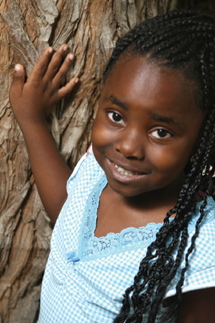 |
|
|
While shooting with multiple heads worked out very well, one setup I particularly
liked was using the 16x23" softbox with the TD3, three-bulb head. There
are a number of reasons for that. For one thing, being able to take all three
types of bulbs, it's a very versatile setup. Because it's lightweight
and compact, it's also very portable. With the new power pack/inverter,
it's a very workable combination.
It's important not to drain too much power from the battery and inverter
combination. Be sure not to overtax the 400w inverter. It could damage both
the battery and the inverter. That means it's possible to only use two
of the 150w halogen lights to shoot with, which, in turn, means one less exposure
stop. That worked OK, but I took a different approach.
Rather than shooting with the halogen lamps, I used a continuous bulb as a modeling
light. The photographic light came from one of the self-contained strobes. I
used the on-camera pop-up flash to trigger the slave strobe. That worked pretty
well.
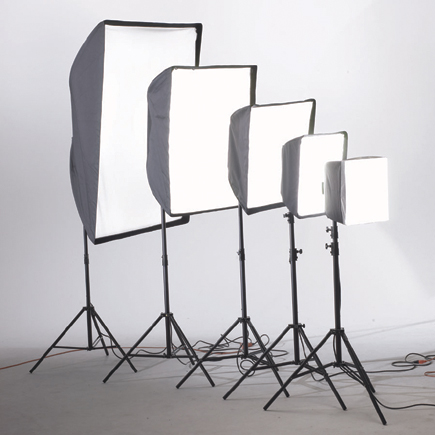 |
|
|
The power from the battery lasted considerably longer than expected. It's
rated at 700 full-power pops. I used it to run some tests with the halogen lights
and the fluorescent bulbs, and still had power left after quickly popping off
more than 400 flashes.
With both continuous light and strobe options, Westcott has come up with a nice
package that would serve a photographer well, both in the studio and on location.
For more information, contact the F.J. Westcott Company, PO Box 1596, Toledo,
OH 43604; (800) 886-1689; www.fjwestcott.com.
- Log in or register to post comments

